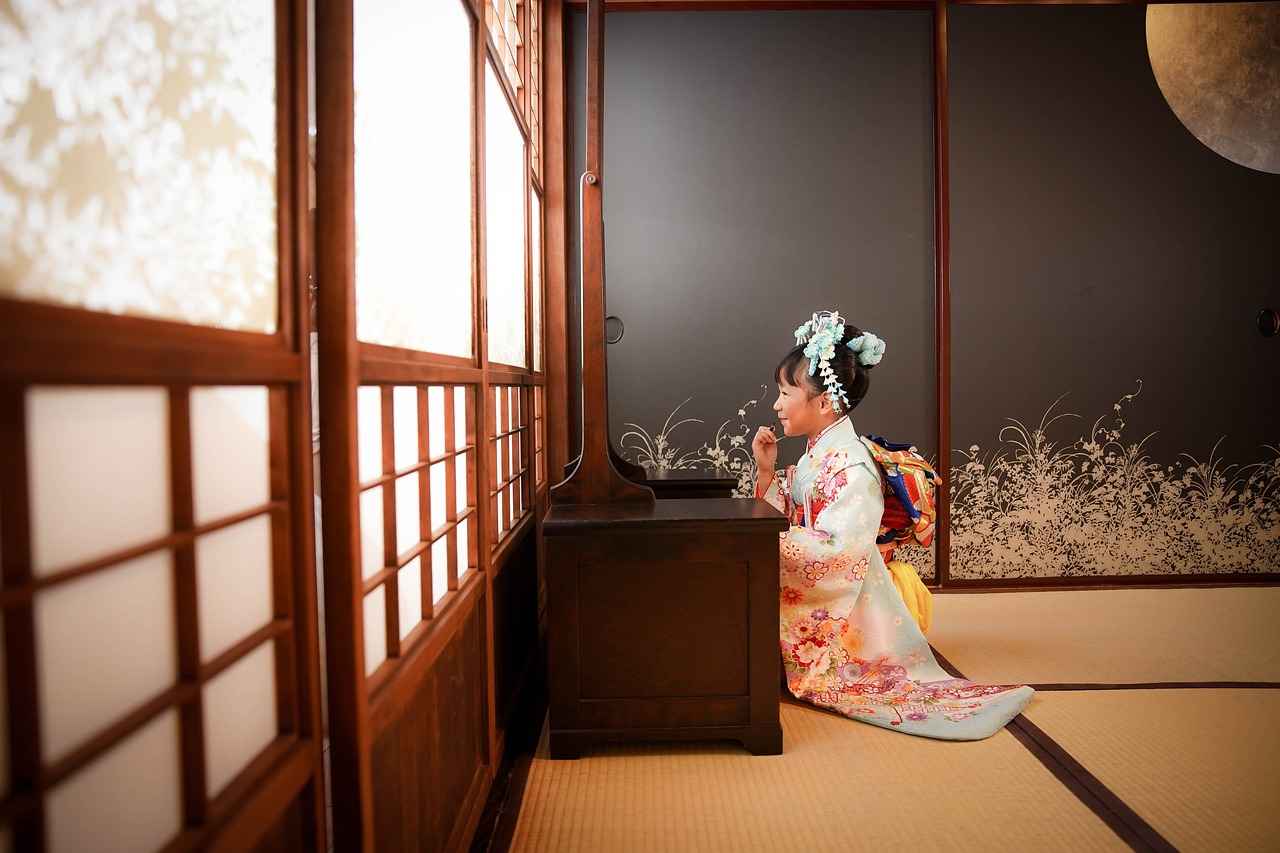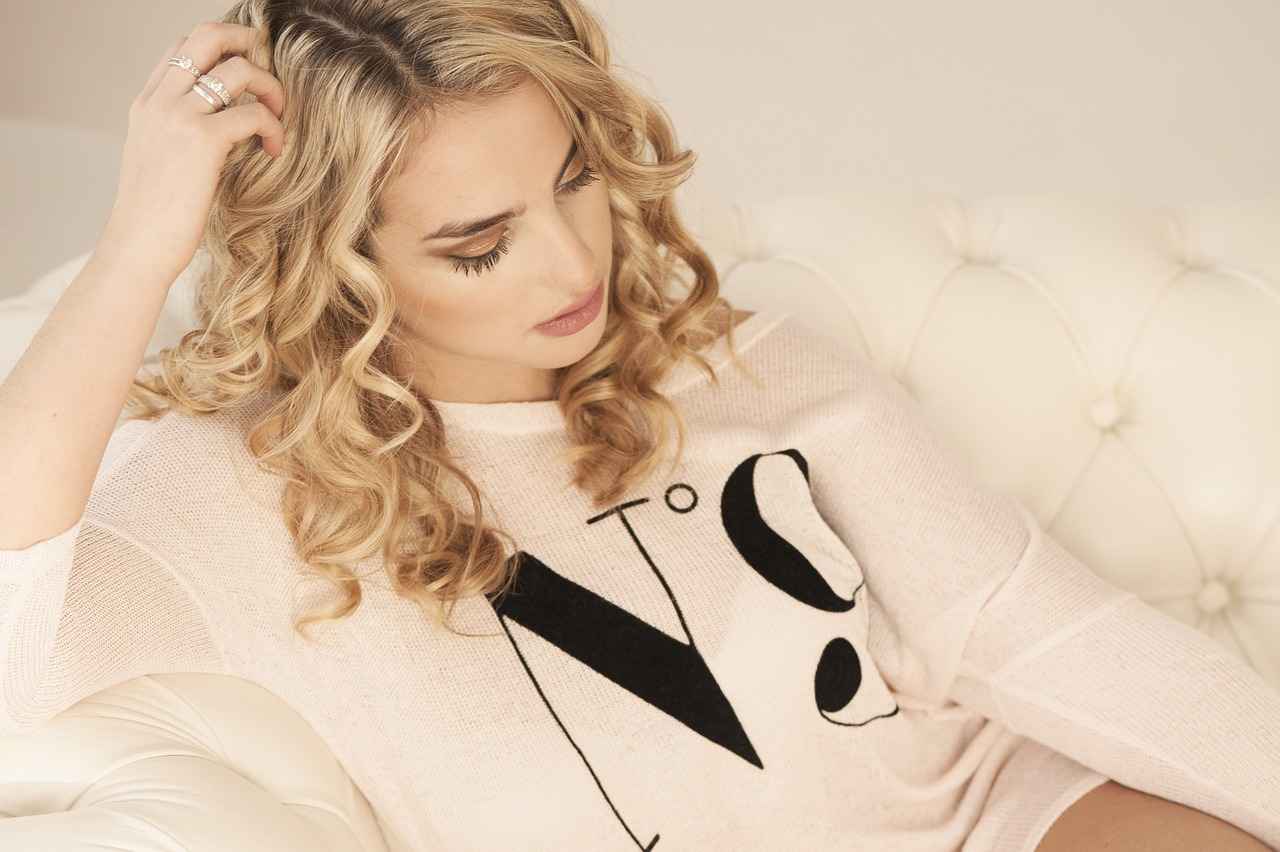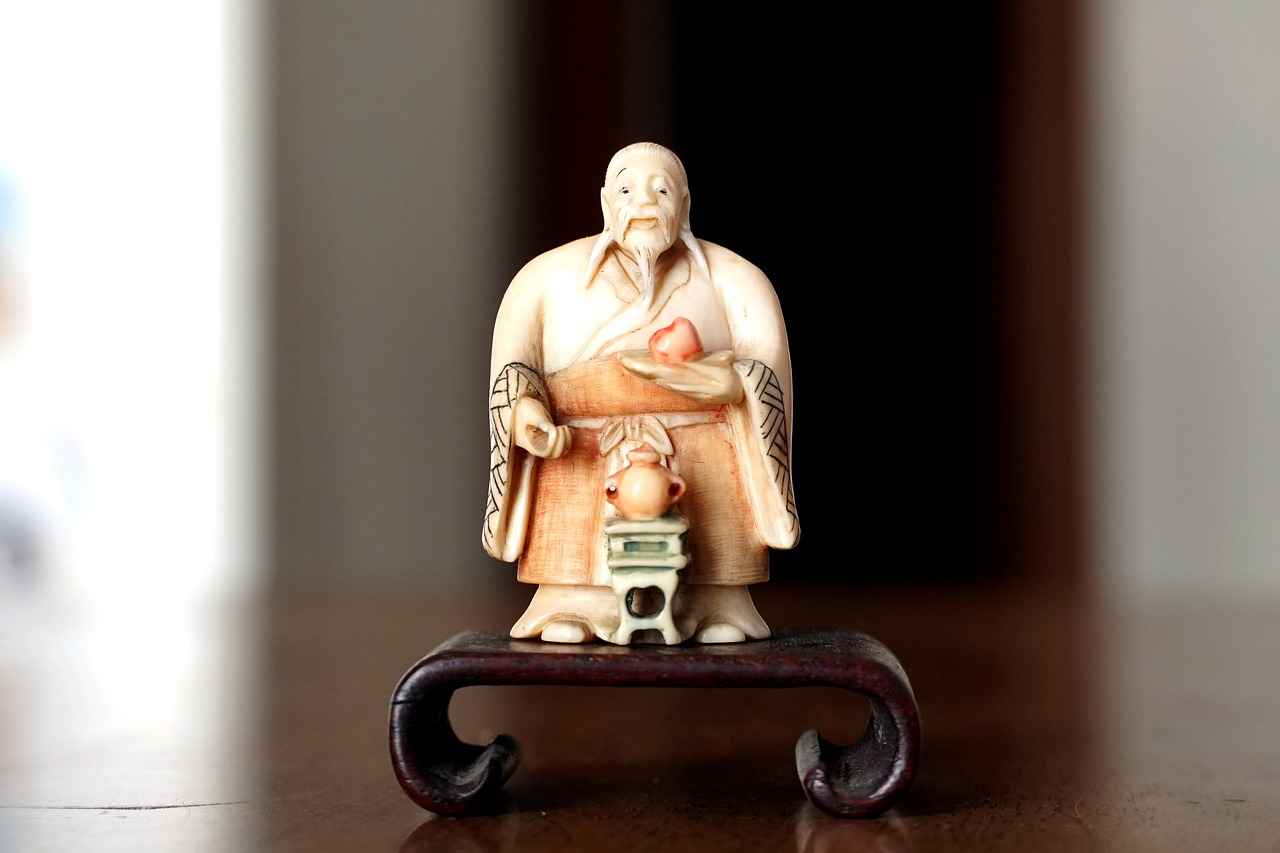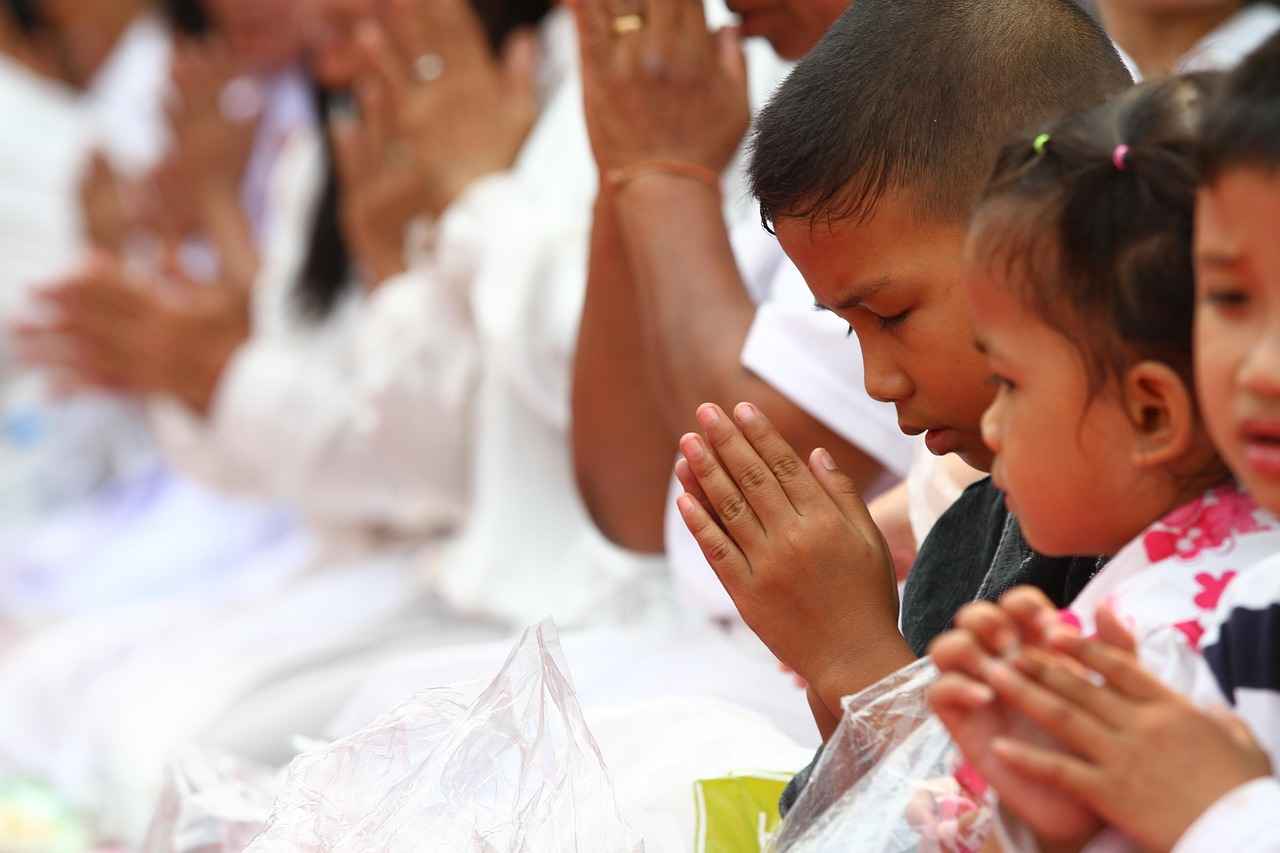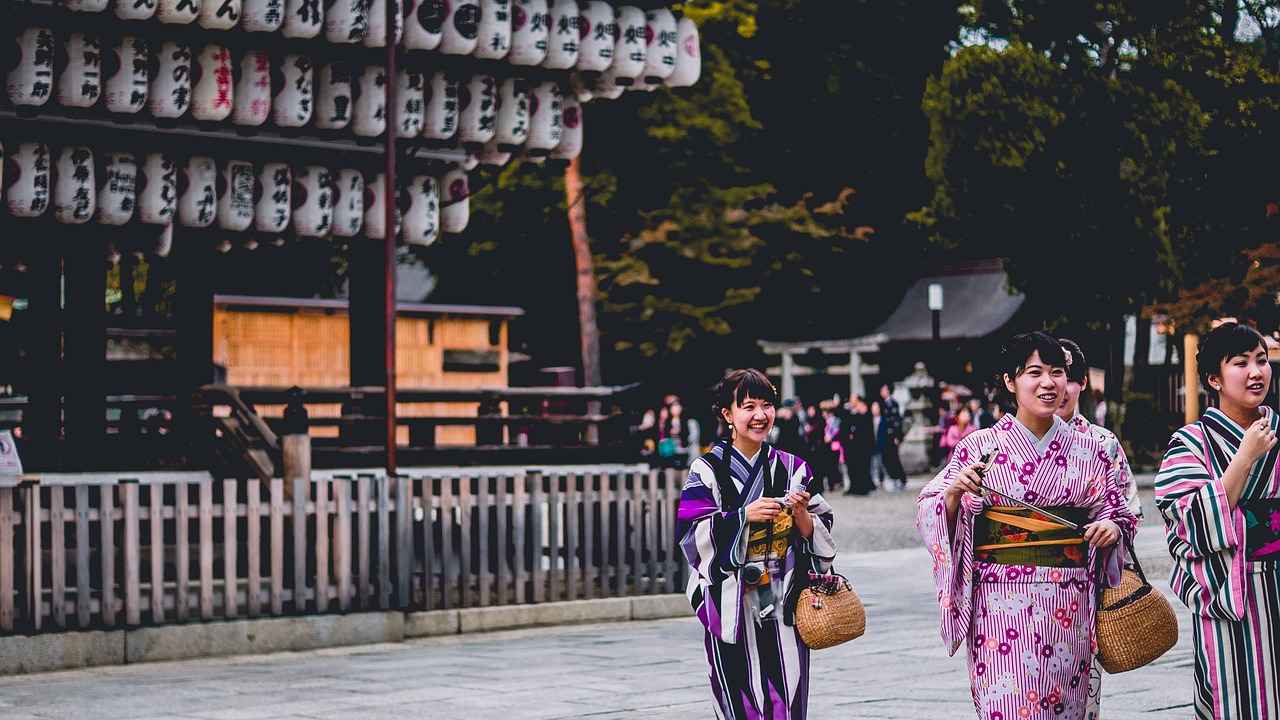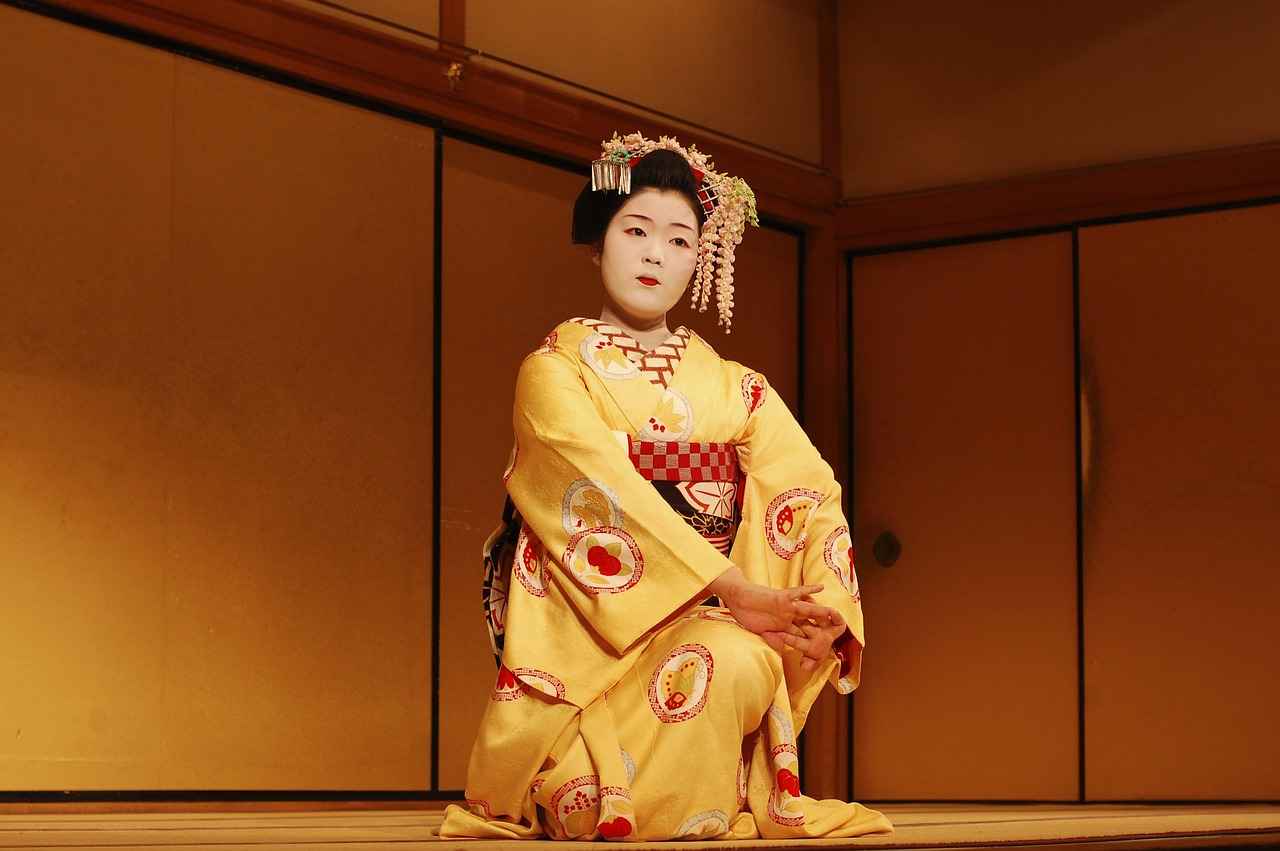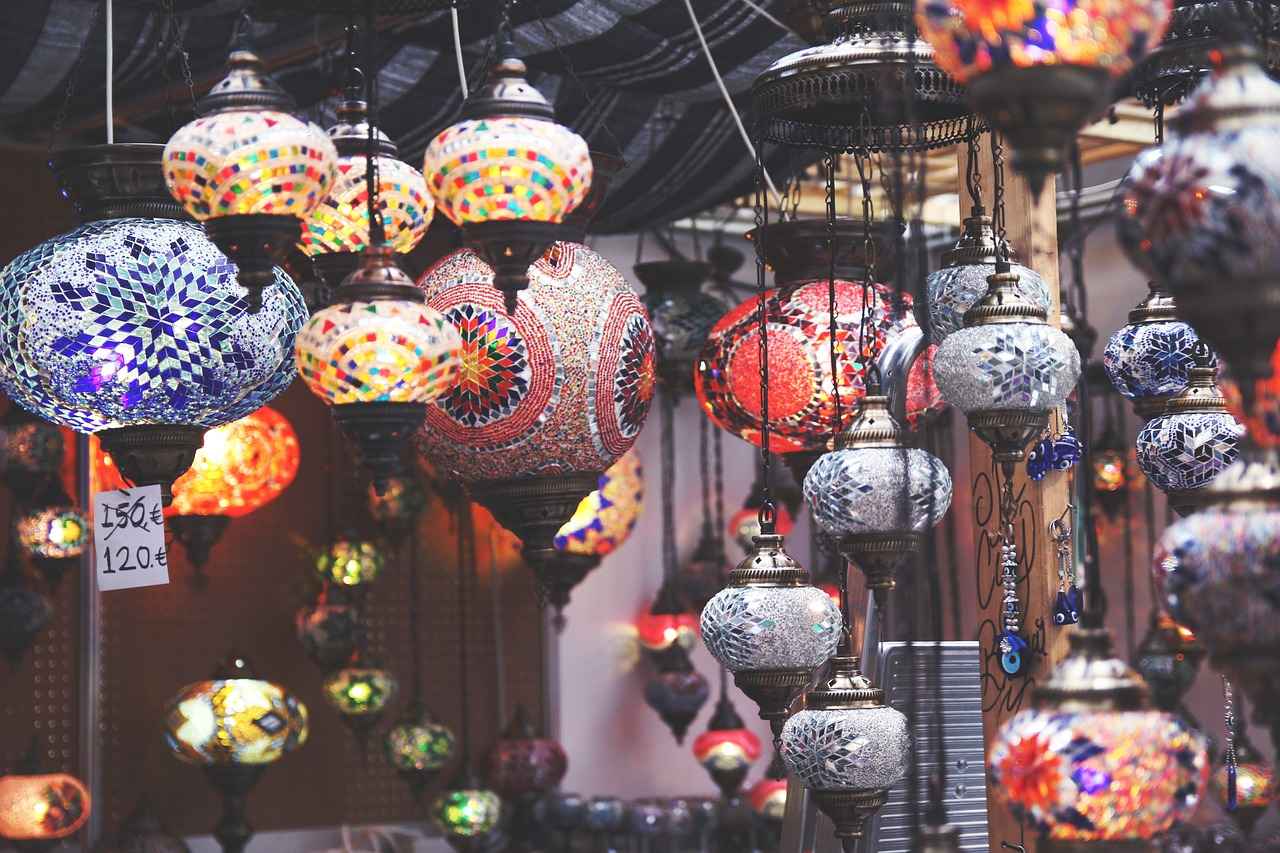Immerse yourself in the beauty and cultural significance of the Yukata Kimono, a traditional Japanese garment that epitomizes summer elegance and charm. This exquisite attire is perfect for those who have a deep appreciation for Japanese culture and its rich history.
What is a Yukata?
The Yukata is a casual summer kimono crafted from lightweight cotton. Traditionally, it is worn during festivals and summer events in Japan, offering both comfort and style. The garment is characterized by its vibrant colors and intricate patterns, making it a beloved choice among locals and tourists alike.
History of the Yukata
Originating in the Heian period, the Yukata evolved from a simple bathrobe into a popular summer garment. This transformation reflects Japan’s rich textile history and cultural evolution, showcasing how clothing adapts to societal changes.
Evolution Through the Ages
Over centuries, the Yukata has undergone various transformations, adapting to changing fashion trends while maintaining its cultural roots. Today, it stands as a testament to the dynamic nature of Japanese clothing.
Influence of Festivals
Festivals in Japan play a crucial role in popularizing the Yukata. It is commonly worn during events like Hanabi (fireworks) and Obon (festival of the dead), where the garment adds to the festive atmosphere.
Modern Adaptations
Contemporary designers have introduced innovative styles and patterns to the Yukata, appealing to younger audiences while preserving traditional elements. This blend of old and new ensures that the Yukata remains a relevant and cherished garment.
How to Choose the Right Yukata
- Understanding Sizes and Fit: Yukatas are available in various sizes; knowing your measurements is essential for achieving the right fit.
- Choosing Patterns and Colors: The selection of patterns and colors can reflect personal style, with floral designs being popular for summer festivities.
Accessorizing Your Yukata
Accessorizing can elevate the Yukata look. Consider options like obi (sashes), geta (traditional footwear), and kanzashi (hair ornaments) to enhance your outfit’s elegance.
Yukata Care and Maintenance
Proper care is vital for preserving the Yukata’s beauty. Washing requires special attention to maintain fabric integrity, while proper storage techniques prevent damage over time.
Where to Buy a Yukata
Finding the perfect Yukata can be an adventure. Options range from traditional kimono shops to online retailers, each offering unique selections and styles. Consider factors such as authenticity and quality when shopping.
Conclusion: Embrace the Yukata Experience
The Yukata is more than just a garment; it represents a rich cultural heritage and a stylish choice for summer. Embracing this tradition allows for a deeper appreciation of Japanese culture and enhances your seasonal wardrobe.

What is a Yukata?
Yukata Kimono: The Perfect Summer Look for Japan Lovers
The Yukata is a beautiful and traditional Japanese garment that embodies the essence of summer. This casual summer kimono is made from lightweight cotton, making it both comfortable and stylish. Traditionally, Yukatas are worn during various festivals and summer events across Japan, allowing wearers to embrace the warm weather while showcasing their cultural appreciation.
The Yukata is more than just a piece of clothing; it is a symbol of Japanese heritage and a celebration of summer. Originally designed for bathing, the Yukata evolved over centuries into a fashionable summer outfit. Its lightweight fabric allows for breathability, making it ideal for hot and humid conditions, while its vibrant colors and patterns reflect the beauty of nature and seasonal themes.
History of the Yukata
The origins of the Yukata date back to the Heian period, where it was first used as a bathrobe. As time progressed, it became a popular garment worn during summer festivals, showcasing Japan’s rich textile history and cultural evolution. The Yukata has maintained its traditional roots while adapting to modern fashion trends, making it a beloved choice for many.
Modern Adaptations and Styles
Today, contemporary designers have reimagined the Yukata, introducing innovative styles and patterns to appeal to younger audiences. While traditional motifs remain popular, modern interpretations often incorporate bold colors and unique designs, allowing individuals to express their personal style while honoring cultural traditions.
Conclusion
Wearing a Yukata offers a unique opportunity to connect with Japanese culture while enjoying a stylish and comfortable outfit during the summer months. Whether attending a festival or simply enjoying a warm evening, the Yukata is a cherished garment that continues to captivate hearts both in Japan and around the world.
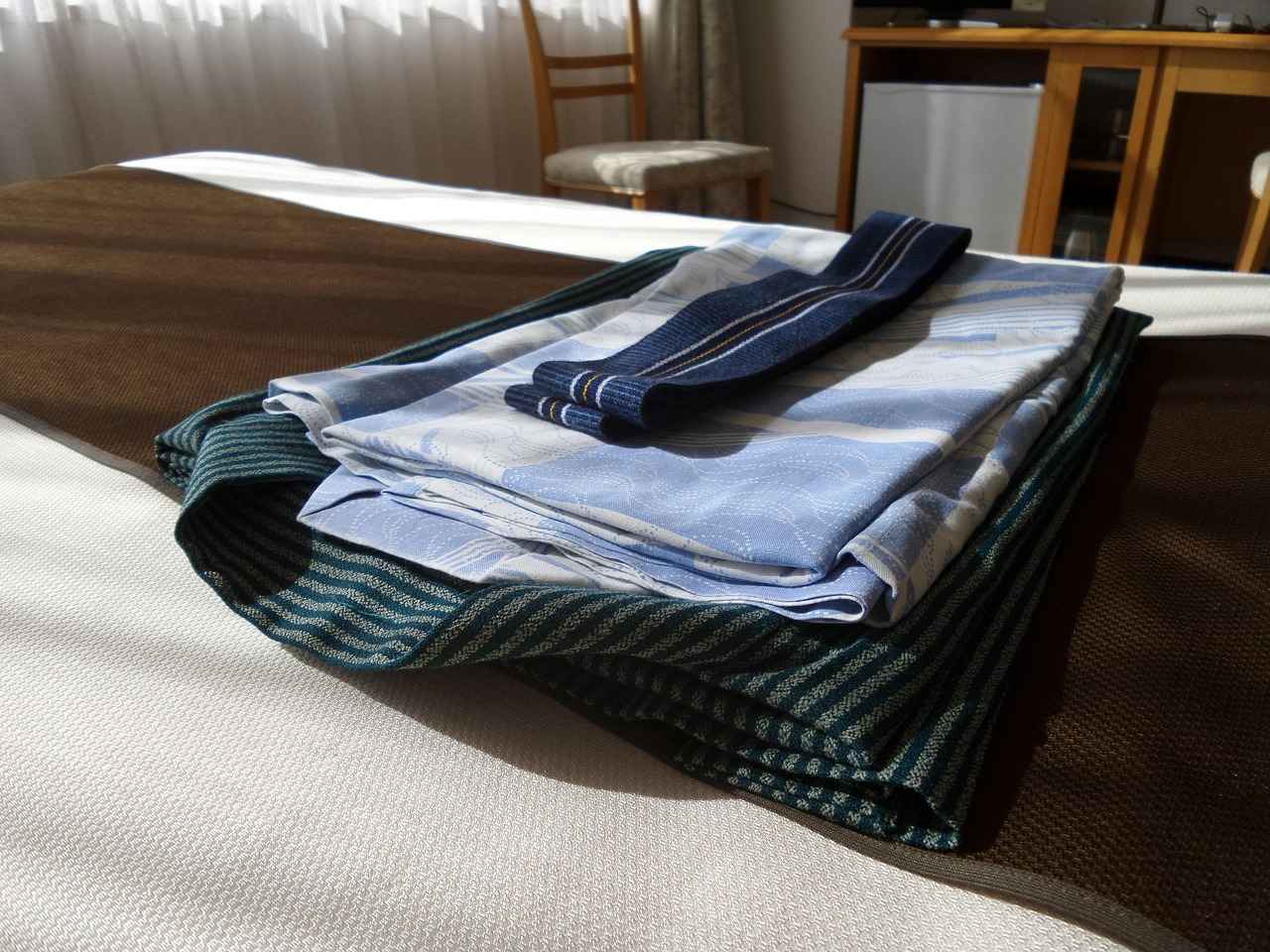
History of the Yukata
The Yukata has a fascinating history that traces back to the Heian period (794-1185), where it was originally designed as a simple bathrobe. Over the centuries, this traditional garment has undergone significant transformations, evolving into a beloved summer attire in Japan. The Yukata reflects not only the rich textile history of the country but also its cultural evolution.
Initially, the Yukata served a practical purpose, providing comfort and ease after a hot bath. As time progressed, it began to be worn in casual settings and during summer festivities, becoming a symbol of leisure and celebration. During the Edo period (1603-1868), the Yukata gained popularity among the masses, particularly during festivals and events, where vibrant colors and intricate patterns became prominent.
Throughout its history, the Yukata has adapted to reflect changing fashion trends while retaining its cultural significance. The garment is typically made of lightweight cotton, making it ideal for warm weather. Its simple design allows for a variety of styles, which have been influenced by regional patterns and seasonal themes.
Today, the Yukata is often worn during Hanabi (fireworks festivals) and the Obon festival, where it is celebrated as a symbol of Japanese culture and tradition. Modern adaptations have introduced new designs and fabrics, appealing to younger generations while maintaining the essence of this historical garment.
In conclusion, the Yukata is more than just a summer outfit; it encapsulates centuries of Japanese history, artistry, and cultural heritage. Its evolution from a bathrobe to a fashionable summer garment highlights the dynamic nature of Japanese clothing and the enduring appreciation for tradition.
Evolution Through the Ages
The Yukata, a traditional Japanese garment, has undergone significant transformations throughout its history, reflecting the dynamic interplay between fashion and culture in Japan. Initially emerging during the Heian period as a practical garment for bathers, the Yukata has evolved into a symbol of summer elegance, widely embraced during festivals and warm-weather gatherings.
In its early days, the Yukata was crafted from simple, unadorned cotton, serving its primary purpose as a bathrobe. However, as Japan’s textile industry flourished, the Yukata began to incorporate intricate patterns and vibrant colors, showcasing the country’s rich artistic heritage. This shift marked the beginning of the Yukata’s journey from a basic garment to a fashionable attire.
Throughout the Edo period, the Yukata gained popularity among the masses, becoming a staple at summer festivals such as Hanabi (fireworks) and Obon (festival of the dead). During this time, various regional styles emerged, each characterized by distinct patterns and motifs that represented local culture and traditions. This regional diversity added layers of meaning to the Yukata, making it not just a piece of clothing, but a reflection of Japan’s cultural tapestry.
In contemporary Japan, the Yukata continues to adapt to modern fashion trends while preserving its traditional roots. Designers have reimagined the Yukata, integrating contemporary aesthetics and innovative materials, making it appealing to younger generations. Today, the Yukata is not only worn during traditional events but has also found its place in casual summer outings and fashion shows, illustrating its versatility and enduring charm.
As we observe the Yukata’s evolution through the ages, it becomes clear that this garment is more than just a fashion statement; it is a living testament to Japan’s rich cultural history and its ability to adapt to changing times.
Influence of Festivals
Festivals in Japan are vibrant celebrations that encapsulate the essence of Japanese culture, and they have significantly contributed to the popularity of the Yukata. This traditional garment, characterized by its lightweight cotton fabric and colorful designs, is commonly worn during various summer festivities. Events such as Hanabi (fireworks festivals) and Obon (festival of the dead) see locals and tourists alike donning Yukatas, creating a picturesque scene filled with cultural significance.
The Hanabi festival is particularly notable for its breathtaking fireworks displays, which light up the summer night sky. Attendees often dress in Yukatas to enjoy the festivities, as the garment is not only comfortable but also allows for ease of movement while participating in games and activities. Wearing a Yukata at Hanabi enhances the festive atmosphere, as people gather to appreciate the beauty of the fireworks while adorned in traditional attire.
Similarly, during Obon, a time to honor the spirits of ancestors, Yukatas are worn as a sign of respect and cultural heritage. The festival includes traditional dances known as Bon Odori, where participants wear Yukatas, making the experience more immersive and visually stunning. The act of wearing a Yukata during these festivals fosters a sense of community and connection among participants, bridging generations through shared traditions.
In addition to these festivals, the Yukata has also found its place in modern events like summer fairs and street markets, where its popularity continues to grow. As contemporary designers introduce innovative patterns and styles, the Yukata remains a staple of summer fashion, appealing to younger generations while preserving its cultural roots.
In conclusion, the influence of festivals on the Yukata is profound, as they not only popularize this beautiful garment but also celebrate the rich cultural heritage of Japan. Embracing the Yukata during these occasions allows individuals to connect with tradition and enjoy the festive spirit of summer.
Modern Adaptations
In recent years, the Yukata has undergone a remarkable transformation, driven by the creativity of contemporary designers who aim to breathe new life into this traditional garment. By integrating modern styles and innovative patterns, they have successfully attracted a younger audience while still honoring the garment’s rich heritage.
One of the most notable changes is the diversity of designs. Traditional Yukatas often feature classic motifs such as cherry blossoms and cranes, but today’s designers are experimenting with bold colors, geometric patterns, and even pop culture references. This shift not only makes Yukatas more appealing to the youth but also encourages self-expression through fashion.
Another significant adaptation is the use of materials. While traditional Yukatas are primarily made of cotton, modern variations may incorporate blends that enhance comfort and breathability, making them suitable for various occasions beyond summer festivals. Some designers even use sustainable fabrics, reflecting a growing trend towards eco-conscious fashion.
Furthermore, the fit and silhouette of Yukatas have evolved. Contemporary styles often feature a more tailored look, catering to the preferences of a younger demographic that values both style and comfort. This makes the Yukata not just a festival outfit but a versatile garment that can be worn in casual settings or even at social gatherings.
Moreover, accessories play a crucial role in modern Yukata styling. Innovative obi designs, unique footwear options, and trendy hair accessories enhance the overall aesthetic, allowing wearers to personalize their look. This fusion of tradition and modernity creates a fresh take on a beloved garment.
In conclusion, the modern adaptations of the Yukata reflect a dynamic interplay between tradition and contemporary fashion. By embracing innovative styles and materials, designers are ensuring that this iconic garment remains relevant and cherished by new generations, inviting everyone to experience the elegance of the Yukata.
Materials Used in Yukata
The Yukata is a cherished traditional garment that showcases not only the artistry of Japanese culture but also the variety of materials used in its creation. Traditionally made from cotton, Yukatas are known for their lightweight and breathable qualities, making them ideal for warm summer days. However, the choice of fabric can significantly enhance the overall experience and aesthetic appeal of the Yukata.
- Cotton: The most common fabric used in Yukatas, cotton is valued for its softness and comfort. It allows for easy movement and is perfect for casual wear during summer festivals.
- Rayon: This synthetic fiber offers a silk-like finish, providing a more luxurious feel. Rayon Yukatas often have vibrant colors and intricate patterns, making them suitable for special occasions.
- Linen: Known for its breathability and moisture-wicking properties, linen Yukatas are perfect for hot and humid climates. They have a more textured finish, adding a unique touch to the garment.
- Polyester: Increasingly popular due to its durability and easy care, polyester Yukatas are often designed for everyday wear. They can mimic the look of traditional materials while offering modern convenience.
- Silk: For those seeking elegance, silk Yukatas provide a luxurious option. They are often worn during formal events and are characterized by their shimmer and smooth texture.
Each fabric type contributes to a different style and comfort level, allowing wearers to choose a Yukata that best fits their personal preference and the occasion. Whether you prefer the classic feel of cotton or the elegance of silk, the diverse materials used in Yukata production ensure that there is something for everyone.
In conclusion, the fabric of a Yukata plays a crucial role in its overall appeal and functionality. Understanding the different materials available can help individuals make informed choices that align with their personal style and the events they plan to attend.
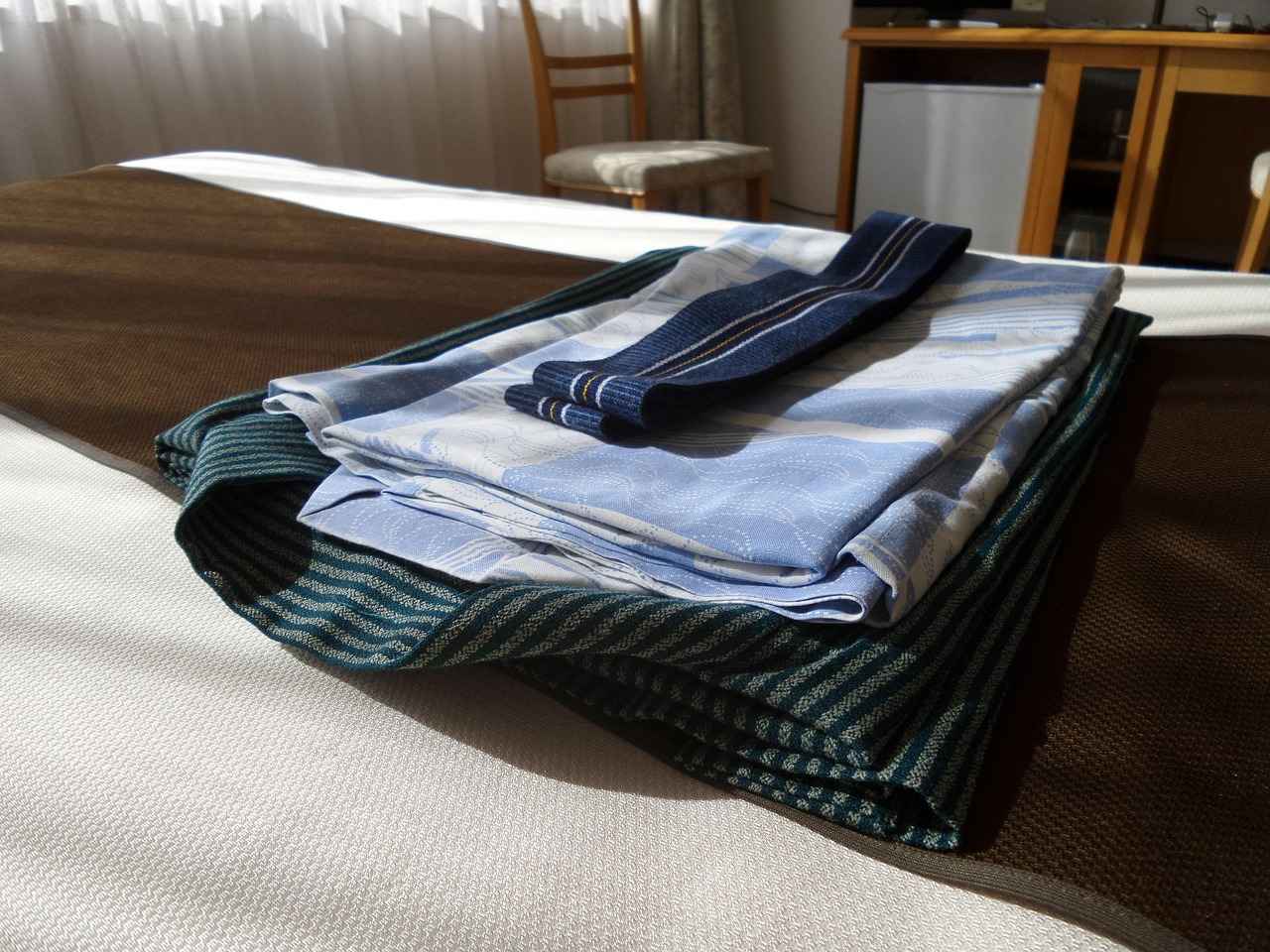
How to Choose the Right Yukata
Selecting the ideal Yukata is essential for ensuring both comfort and style, especially during the vibrant summer months in Japan. This traditional garment, known for its lightweight fabric and beautiful designs, can be a stunning addition to any wardrobe. To help you make the best choice, here are several key factors to consider:
- Size and Fit: Yukatas come in a variety of sizes, and understanding your measurements is crucial. A Yukata that fits well not only enhances your appearance but also allows for ease of movement. When trying on a Yukata, ensure that the sleeves are comfortably wide and that the length falls appropriately to your ankles.
- Design and Patterns: The design of your Yukata can reflect your personal style and the occasion. Bright floral patterns are perfect for summer festivals, while more subdued colors may be suitable for evening events. Consider the event you are attending when selecting the design.
- Fabric Choice: Traditionally made from cotton, Yukatas are lightweight and breathable, making them ideal for warm weather. However, some modern Yukatas may use synthetic materials for added durability. Always check the fabric to ensure it meets your comfort needs.
- Occasion: Different occasions may call for different styles. For instance, a Yukata worn to a fireworks festival might be more colorful and casual, while one for a tea ceremony may be more understated and elegant. Think about where you’ll wear your Yukata to make the best choice.
- Accessories: The right accessories can elevate your Yukata look. Consider pairing your Yukata with a stylish obi (sash), traditional footwear like geta or zori, and kanzashi (hair ornaments) to complete your ensemble.
By keeping these factors in mind, you can select a Yukata that not only flatters your figure but also enhances your experience of Japanese culture. Whether you are attending a festival or simply enjoying a summer day, the right Yukata will make you feel both comfortable and stylish.
Understanding Sizes and Fit
is a vital aspect when it comes to selecting the perfect Yukata. With various sizes available, ensuring the right measurements can significantly enhance both the appearance and comfort of the wearer. Below, we delve into the specifics of how to achieve the ideal fit for your Yukata.
First and foremost, it is essential to understand the basic measurements that determine the fit of a Yukata. These typically include:
- Height: The overall height of the wearer is crucial, as Yukatas come in different lengths. A properly sized Yukata should ideally reach the ankles.
- Chest Circumference: This measurement helps determine the width of the Yukata. A Yukata that is too tight may restrict movement, while one that is too loose can appear unkempt.
- Waist Measurement: This is particularly important for ensuring that the Yukata fits well around the waist, especially when worn with an obi (sash).
- Shoulder Width: Proper shoulder width ensures that the Yukata drapes elegantly and does not pull awkwardly at the seams.
To help you visualize the fitting process, consider the following table summarizing the Yukata sizes based on common measurements:
| Size | Height (cm) | Chest (cm) | Waist (cm) |
|---|---|---|---|
| Small | 150-160 | 80-90 | 60-70 |
| Medium | 160-170 | 90-100 | 70-80 |
| Large | 170-180 | 100-110 | 80-90 |
When trying on a Yukata, always consider the fabric’s breathability and movement. Lightweight cotton Yukatas are designed for summer comfort, making it important to ensure that the fit allows for airflow and ease of motion.
In conclusion, understanding the various sizes and how they relate to your personal measurements is essential for selecting a Yukata that not only looks good but also feels comfortable. By paying attention to these details, you can fully embrace the elegance and tradition of wearing a Yukata.
Choosing Patterns and Colors
is an essential aspect of selecting a Yukata, as it allows individuals to express their personal style while also considering the occasion for which they are dressing. The right combination of patterns and colors can enhance the overall aesthetic and cultural significance of this beautiful garment.
When it comes to Yukata patterns, floral designs are particularly popular during summer festivities. These vibrant motifs are reminiscent of the season’s blooming flowers, bringing a sense of joy and celebration. Bright colors like pink, yellow, and light blue are often chosen to reflect the lively atmosphere of summer events such as Hanabi (fireworks festivals) and Obon (festival of the dead).
Conversely, for evening events, many opt for darker tones such as deep blue, black, or rich burgundy. These colors convey a sense of elegance and sophistication, making them suitable for more formal occasions. The choice of a Yukata with subtle patterns or solid colors can also create a more refined look, perfect for evening gatherings.
Moreover, the cultural significance of the chosen patterns cannot be overlooked. Certain designs may symbolize specific meanings or traditions within Japanese culture. For example, asanoha (hemp leaf) patterns represent growth and resilience, while seigaiha (waves) signify peace and tranquility. By selecting Yukatas with such meaningful designs, wearers can honor these traditions while showcasing their individuality.
In summary, whether opting for bright floral patterns for daytime festivities or choosing elegant darker tones for evening events, the patterns and colors of a Yukata play a vital role in reflecting both personal style and cultural heritage. This careful selection process not only enhances the wearer’s appearance but also deepens their connection to the rich traditions of Japanese culture.
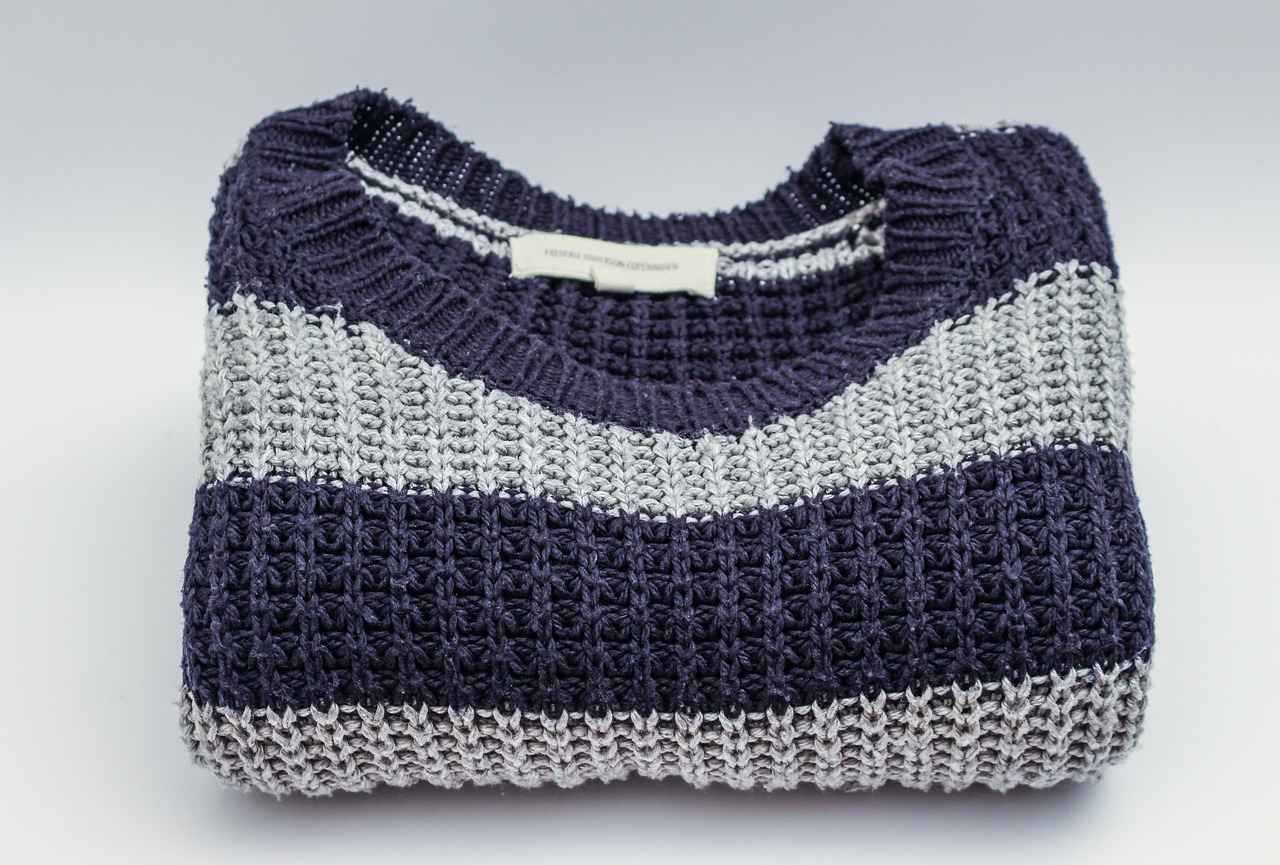
Accessorizing Your Yukata
Accessorizing a Yukata is essential for creating a stunning and elegant look. The right accessories can transform a simple outfit into a fashionable statement, allowing individuals to express their personal style while honoring tradition. Here are some key elements to consider when accessorizing your Yukata:
- Obi (Sashes): The obi is perhaps the most important accessory for a Yukata. Available in various styles, colors, and widths, the obi not only serves a functional purpose but also adds a touch of elegance. Tying techniques, such as the taiko musubi or haneri, can dramatically alter the overall appearance of the outfit.
- Geta (Traditional Footwear): Geta are wooden sandals that complement the Yukata beautifully. They come in various styles, from simple to ornate, and provide a traditional touch. Choosing the right pair can enhance comfort while maintaining the aesthetic of the Yukata.
- Kanzashi (Hair Ornaments): Hair ornaments, known as kanzashi, are a wonderful way to add flair to your hairstyle when wearing a Yukata. These decorative pieces can include flowers, ribbons, or intricate designs that coordinate with the colors of the Yukata, enhancing the overall look.
- Bag and Other Accessories: A small, elegant bag can be a practical yet stylish addition to your Yukata ensemble. Look for bags made from traditional fabrics or those that feature designs matching your Yukata. Additionally, consider incorporating subtle jewelry that does not overpower the outfit.
When accessorizing your Yukata, it’s important to remember that balance is key. The goal is to enhance the outfit without overpowering it. By thoughtfully selecting your accessories, you can create a cohesive and sophisticated look that celebrates the beauty of this traditional garment.
Obi Styles and Tying Techniques
are essential elements in the art of wearing a Yukata, significantly influencing the overall aesthetic and cultural expression of this traditional garment. The obi, a wide sash, is not just a functional accessory but also a statement piece that can transform the appearance of the Yukata.
The variety of obi styles available offers a plethora of options for wearers. Common styles include:
- Hanhaba Obi: A half-width obi that is lightweight and easy to tie, making it ideal for casual occasions.
- Fukuro Obi: A more formal, wider obi often embellished with intricate designs, suitable for special events.
- Nagoya Obi: A versatile option that features a pre-tied section, making it popular among those who prefer convenience without sacrificing style.
Each style serves a different purpose and can be chosen based on the occasion. For instance, a Fukuro Obi is perfect for weddings or formal gatherings, while a Hanhaba Obi is more suited for summer festivals.
In addition to styles, the tying techniques of the obi play a crucial role in the overall presentation. Here are some popular tying methods:
- Taiko Musubi: This is the classic drum knot, often used for formal occasions. It creates a structured and elegant look.
- Chidori Musubi: A more playful and intricate knot that resembles a bird, adding a touch of whimsy to the outfit.
- Otaiko Musubi: A variant of the Taiko, this technique is often used for casual wear and is easier to tie.
Learning these techniques can enhance the Yukata-wearing experience, allowing individuals to express their personality and style. Additionally, the choice of obi and how it is tied can dramatically alter the silhouette of the Yukata, making it a versatile accessory that complements various body types and fashion preferences.
In conclusion, the obi is more than just an accessory; it is a vital component that embodies the spirit of the Yukata. By mastering different styles and tying techniques, one can truly appreciate the beauty and cultural significance of this traditional Japanese garment.
Footwear and Other Accessories
When it comes to enhancing the Yukata experience, the choice of footwear and accessories plays a crucial role. Selecting the right footwear, such as geta or zori, not only complements the Yukata but also contributes significantly to the overall aesthetic appeal.
Geta are traditional wooden sandals that elevate the wearer, providing a unique style that is both practical and fashionable. They are typically worn during summer festivals and are designed to keep the Yukata hem off the ground, preventing dirt and wear. Geta come in various designs, from simple to ornate, allowing for personal expression while maintaining cultural authenticity.
On the other hand, zori are flat sandals made from materials such as rice straw or synthetic fibers. They offer a more understated elegance and are often worn for more formal occasions. Zori can be paired with a variety of Yukata patterns and colors, making them a versatile choice for different events.
In addition to footwear, accessorizing with the right items can elevate the entire Yukata ensemble. Here are some essential accessories to consider:
- Obi: The sash that holds the Yukata together, available in various styles and tying techniques.
- Kanzashi: Decorative hair ornaments that can enhance the hairstyle and add a touch of elegance.
- Hana-geta: A variation of geta that features floral designs, perfect for summer festivities.
- Bag: A traditional bag, often made of silk or cotton, to carry essentials while maintaining the outfit’s aesthetic.
Ultimately, the right footwear and accessories can transform a simple Yukata into a stunning outfit that reflects both personal style and cultural appreciation. By thoughtfully selecting these elements, wearers can fully embrace the beauty and heritage of this traditional Japanese garment.
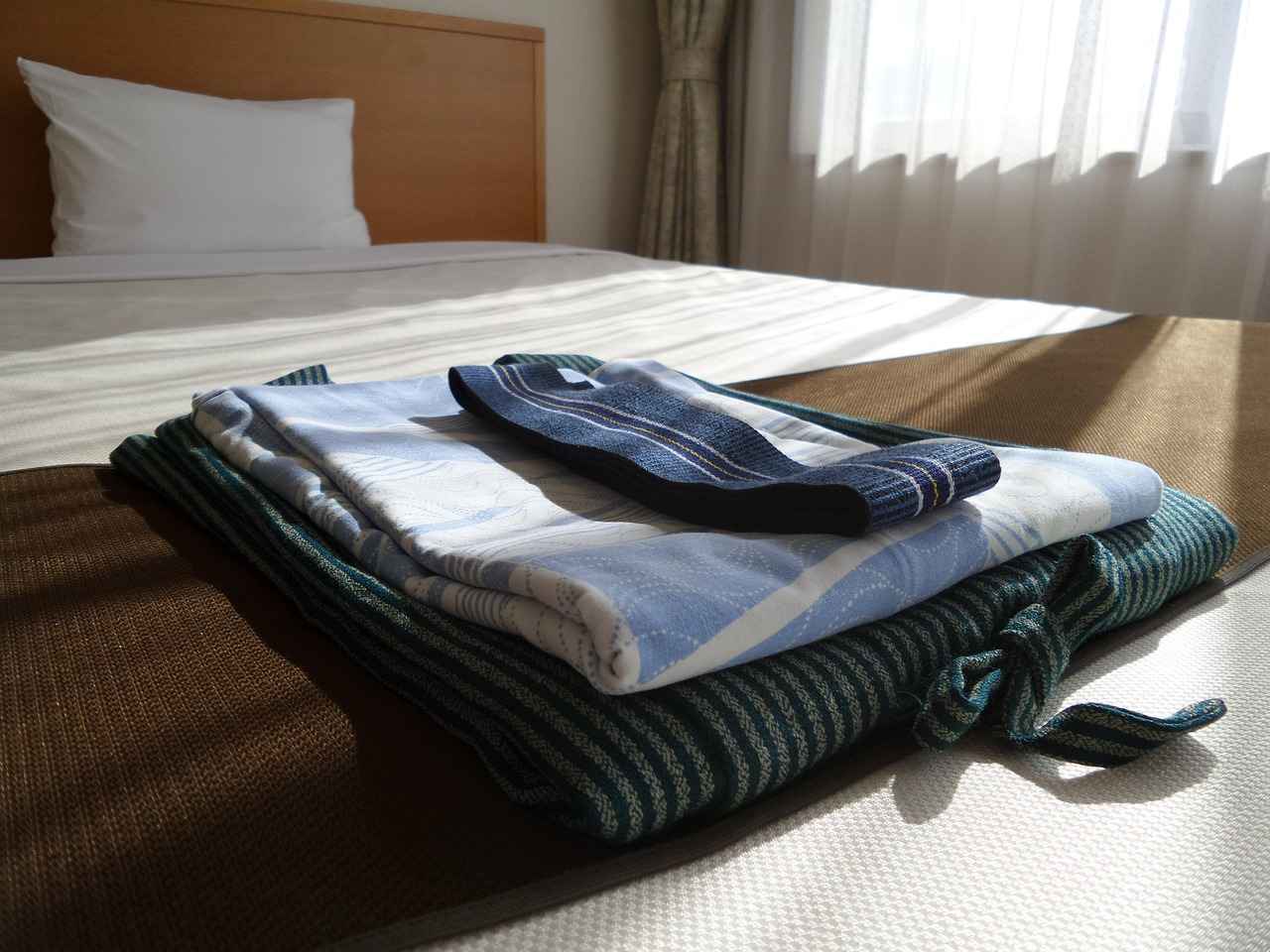
Yukata Care and Maintenance
is crucial for anyone who wishes to preserve the beauty and longevity of this traditional Japanese garment. Proper care ensures that your Yukata remains a cherished piece in your wardrobe for many years. Here, we will explore essential tips and practices to maintain your Yukata in pristine condition.
Yukatas are often made from delicate fabrics that can easily be damaged if not cared for correctly. By following proper maintenance routines, you can:
- Preserve fabric integrity: Prevent wear and tear that can detract from the garment’s beauty.
- Maintain color vibrancy: Ensure that the colors remain bright and appealing.
- Extend lifespan: Allow your Yukata to be enjoyed for many seasons.
When it comes to washing your Yukata, consider the following:
- Hand wash: Always opt for hand washing in cold water to avoid shrinking and fading.
- Gentle detergent: Use a mild detergent specifically designed for delicate fabrics.
- Air dry: Avoid using a dryer; instead, hang your Yukata in a shaded area to air dry.
Proper storage is just as important as washing. Here are some tips:
- Fold carefully: Avoid hanging to prevent stretching; instead, fold your Yukata neatly.
- Use breathable materials: Store in a cotton or silk garment bag to protect from dust while allowing the fabric to breathe.
Addressing minor damages promptly can prolong the life of your Yukata:
- Loose seams: Use a needle and thread to re-stitch any loose areas.
- Small tears: Consider using fabric glue for minor tears or consult a professional tailor for larger repairs.
In conclusion, proper care and maintenance of your Yukata not only preserves its aesthetic appeal but also ensures that it remains a treasured piece of clothing for years to come. By following these guidelines, you can enjoy the elegance of your Yukata while honoring its cultural significance.
Washing and Storing Tips
Taking care of your Yukata is essential for preserving its beauty and longevity. This traditional Japanese garment, often worn during summer festivals, requires specific washing and storage techniques to maintain its fabric integrity and color vibrancy. Below are some practical tips to ensure your Yukata remains in excellent condition.
- Washing Your Yukata:
- Always check the care label for specific washing instructions.
- Use cold water and a gentle detergent to prevent fading.
- Hand washing is recommended; if machine washing, use a delicate cycle with a mesh laundry bag.
- Avoid bleach and fabric softeners, as they can damage the fabric.
- Drying Techniques:
- Air dry your Yukata by hanging it in a shaded area, away from direct sunlight to prevent color fading.
- If using a dryer, opt for a low heat setting to avoid shrinkage.
- Storing Your Yukata:
- Ensure the Yukata is completely dry before storing to prevent mildew.
- Store in a cool, dry place, ideally in a cotton garment bag to protect it from dust.
- Avoid hanging for long periods to prevent stretching; instead, fold it neatly.
- Regular Maintenance:
- Inspect your Yukata regularly for any signs of wear or damage.
- Address minor repairs, such as loose seams or small tears, promptly to prolong its life.
By following these washing and storing tips, you can ensure that your Yukata remains a cherished part of your wardrobe for many seasons to come. Proper care not only maintains the garment’s aesthetic appeal but also honors the rich cultural heritage it represents.
Repairing Minor Damages
Maintaining the beauty and functionality of your Yukata is essential for ensuring that it remains a cherished part of your wardrobe. Addressing minor damages such as loose seams or small tears is crucial, as these issues can escalate if left unattended. By taking the time to repair these minor flaws, you can significantly prolong the life of your Yukata, allowing it to be enjoyed for many seasons to come.
Here are some practical steps to effectively repair minor damages:
- Inspect Regularly: Make it a habit to check your Yukata for any signs of wear and tear. Early detection can prevent small issues from becoming major problems.
- Sewing Loose Seams: Use a needle and thread that matches the fabric to sew up any loose seams. A simple running stitch or backstitch can be effective.
- Fixing Small Tears: For small tears, you can either sew them up or use fabric adhesive to bond the edges together. Make sure to press the fabric to ensure a strong hold.
- Ironing: After repairs, gently iron your Yukata to remove any creases and restore its original shape. Always use a low heat setting to protect the fabric.
- Professional Help: If you’re unsure about making repairs yourself, consider seeking out a professional tailor who specializes in traditional garments.
By taking these steps, you not only maintain the aesthetic appeal of your Yukata but also respect the craftsmanship and tradition behind this beautiful garment. A well-cared-for Yukata can become a lasting part of your wardrobe, allowing you to embrace the elegance of Japanese culture year after year.
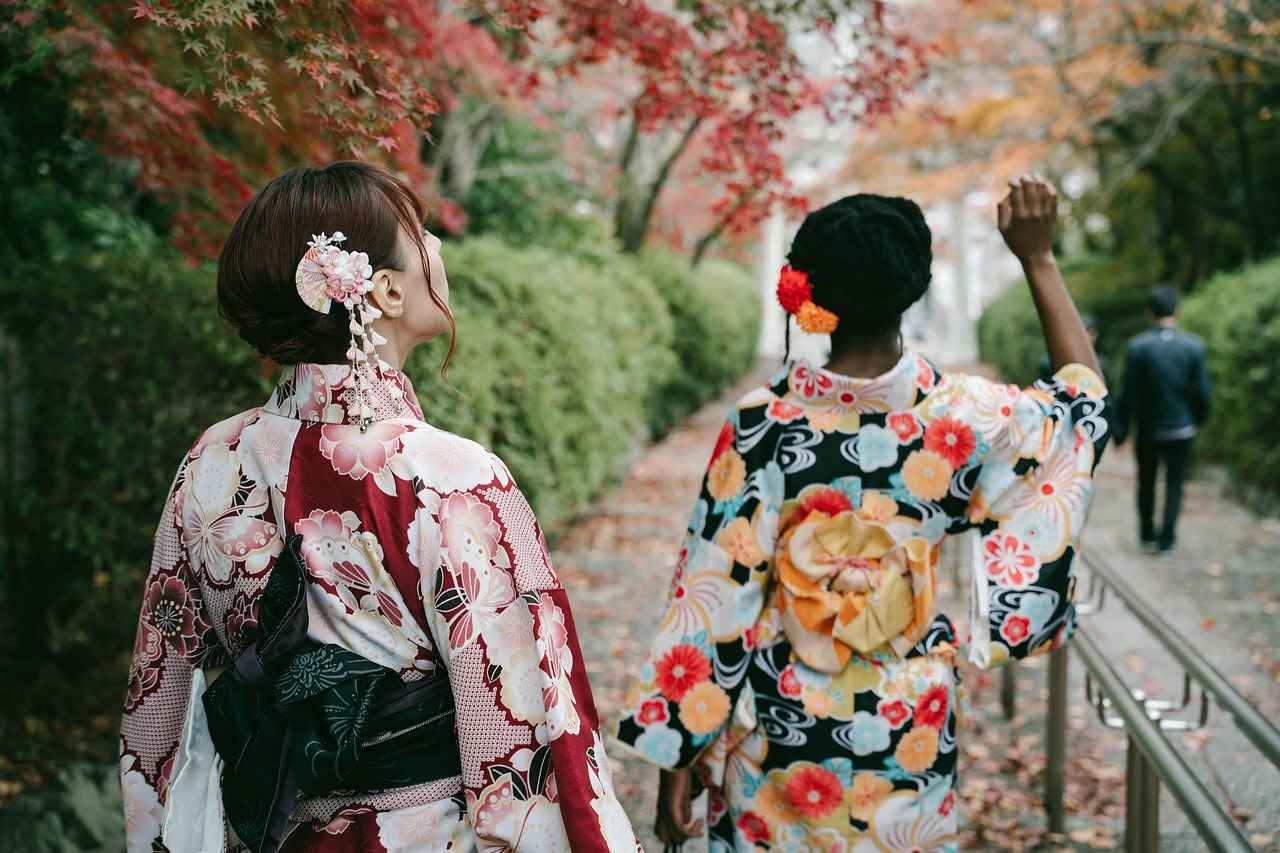
Where to Buy a Yukata
Finding the perfect Yukata can be an exciting adventure, as it allows you to explore a variety of options ranging from traditional kimono shops to modern online retailers. Each source offers unique selections and styles that cater to different tastes and occasions.
Local Kimono Shops: A Traditional Experience
Visiting a local kimono shop can be a delightful experience. These shops often carry a curated selection of Yukatas, allowing you to appreciate the craftsmanship and fabric quality up close. Additionally, knowledgeable staff can assist you in finding the right size and style to suit your needs. This personal touch often enhances the shopping experience, making it memorable.
Online Retailers: Convenience and Variety
On the other hand, online retailers provide an extensive variety of Yukatas that may not be available in physical stores. Websites dedicated to Japanese fashion often feature a wide range of designs, from traditional patterns to contemporary styles. When shopping online, be sure to check customer reviews and sizing charts to ensure a satisfactory purchase.
| Buying Options | Pros | Cons |
|---|---|---|
| Local Shops | Personalized service, quality inspection | Limited selection, potential higher prices |
| Online Retailers | Wider variety, often better prices | Shipping times, unable to try on |
Considerations When Shopping for a Yukata
- Check for authenticity and quality before making a purchase.
- Look for seasonal sales or discounts to get the best price.
- Read reviews to gauge the experiences of previous customers.
In conclusion, whether you choose to shop locally or online, the journey to find the perfect Yukata can be just as rewarding as wearing it. Embrace the uniqueness of this traditional garment and enjoy the shopping process!
Local Shops vs. Online Retailers
When it comes to purchasing a Yukata, the choice between local shops and online retailers offers distinct advantages and considerations. Each option caters to different preferences and shopping experiences, making it essential for consumers to understand what they are looking for.
Authenticity and Experience
Exploring local shops provides an authentic experience that immerses shoppers in Japanese culture. These shops often feature knowledgeable staff who can share insights about the Yukata’s history, styles, and proper wearing techniques. Additionally, customers can physically examine the fabric, patterns, and fit, ensuring that they select a garment that resonates with them.
Convenience and Variety
On the other hand, online retailers offer unparalleled convenience, allowing shoppers to browse a vast selection from the comfort of their homes. With just a few clicks, one can access a wide range of Yukatas in various styles, sizes, and price points. This convenience is particularly beneficial for those who may not have access to local shops or prefer to shop at odd hours.
Price Considerations
Pricing can vary significantly between local shops and online platforms. While local shops may offer unique, handcrafted Yukatas at premium prices, online retailers often provide competitive pricing and frequent sales, making it easier to find a Yukata that fits your budget.
Shipping and Return Policies
When shopping online, it’s crucial to consider shipping times and return policies. Many online retailers offer free shipping and easy returns, which can be a significant advantage if the Yukata does not meet expectations. In contrast, local shops allow for immediate gratification, as customers can take their purchases home right away.
Conclusion
Ultimately, the decision between local shops and online retailers depends on individual preferences. Whether you value the authentic experience of a local shop or the convenience and variety offered by online platforms, both options can lead to finding the perfect Yukata to embrace the beauty of Japanese culture.
Considerations When Shopping
When it comes to purchasing a Yukata, several key factors should be taken into account to ensure a fulfilling shopping experience. These elements not only influence the overall satisfaction but also contribute to the beauty and authenticity of the garment.
- Authenticity: It is crucial to choose a Yukata that reflects true Japanese craftsmanship. Look for traditional patterns and materials that are characteristic of genuine Yukatas. Authentic pieces often come with a label or certification, indicating their origin and quality.
- Quality: The fabric and stitching quality play a significant role in the Yukata’s durability and comfort. Opt for Yukatas made from high-quality cotton or other breathable materials, as these will be more comfortable during the hot summer months. Inspect the seams and overall construction to ensure they are well-made.
- Price: While it can be tempting to go for the cheapest option, remember that quality often comes at a price. Set a budget beforehand, but be prepared to invest a little more for a Yukata that offers better quality and authenticity. Compare prices from various retailers to find the best deal without compromising on quality.
- Size and Fit: Yukatas come in various sizes, so it’s essential to know your measurements. A well-fitting Yukata will not only look better but also feel more comfortable. Many shops provide size charts to help you find the perfect fit.
- Design and Occasion: Consider the occasion for which you are purchasing the Yukata. Different designs and colors may be more suitable for festivals, casual outings, or evening events. Floral patterns are popular for summer festivities, while darker shades might be more appropriate for evening gatherings.
By keeping these factors in mind, you can ensure that your Yukata purchase is not only beautiful but also a true representation of Japanese culture and craftsmanship.
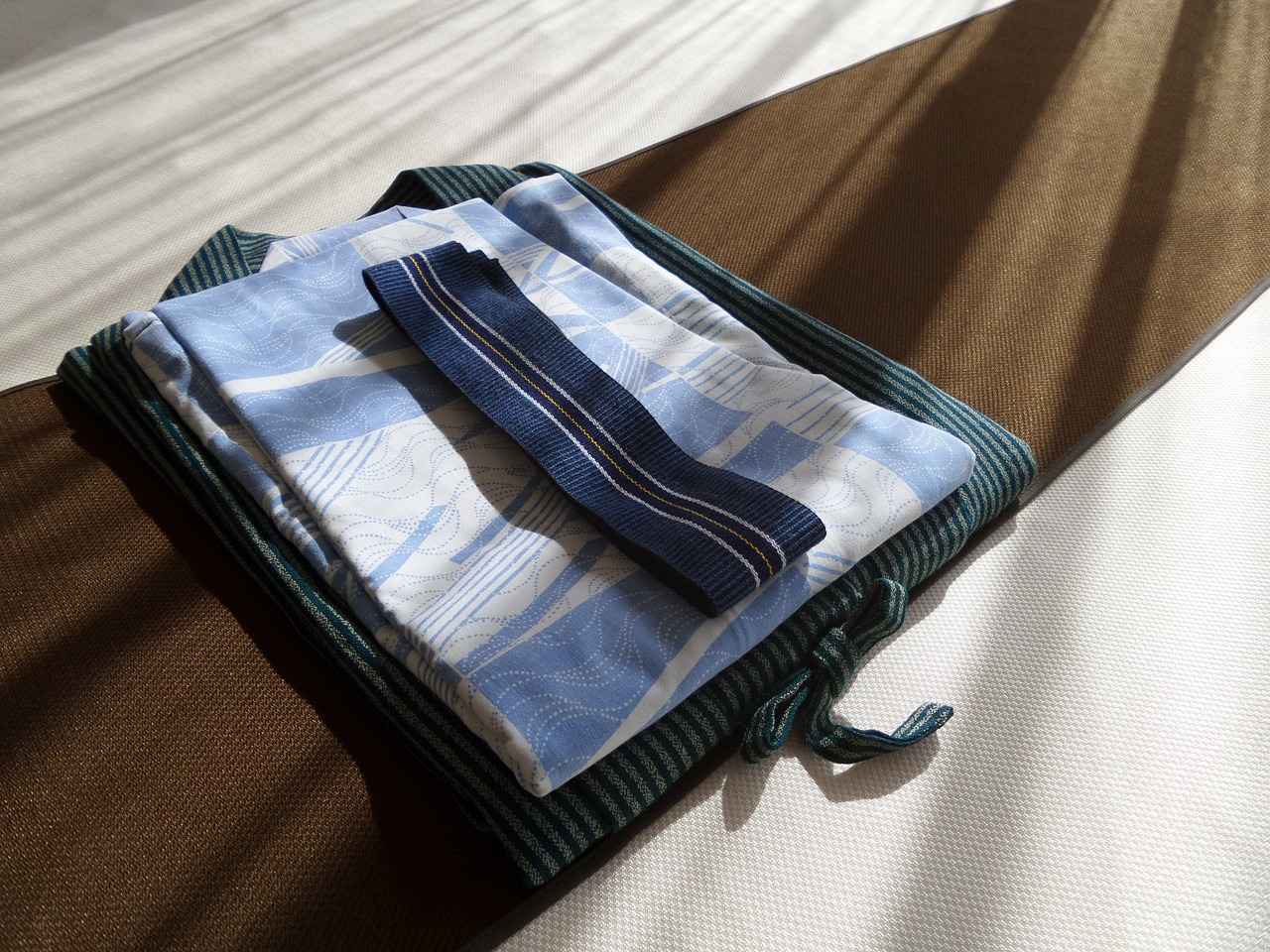
Conclusion: Embrace the Yukata Experience
Yukata Kimono: The Perfect Summer Look for Japan Lovers
Explore the beauty and cultural significance of the Yukata Kimono, a traditional Japanese garment that embodies summer elegance and charm. This casual summer kimono, made from lightweight cotton, is not only a stylish choice but also a representation of Japan’s rich cultural heritage.
What is a Yukata?
The Yukata is a casual summer kimono traditionally worn during festivals and summer events in Japan. Its lightweight fabric allows for comfort and breathability, making it ideal for warm weather. The Yukata is often adorned with vibrant patterns and colors, reflecting the lively spirit of summer.
History of the Yukata
Originating from the Heian period, the Yukata has undergone significant transformations over the centuries. Initially, it was a simple bathrobe, but as time progressed, it evolved into a fashionable summer garment that showcases Japan’s rich textile history and cultural evolution.
Modern Adaptations
Contemporary designers have infused new life into the Yukata by introducing innovative styles and patterns. This evolution has made the Yukata appealing to a younger audience while still preserving its traditional elements, making it a versatile choice for various occasions.
How to Choose the Right Yukata
- Understanding Sizes and Fit: It is essential to choose the right size for comfort and style. Yukatas come in various sizes, and knowing your measurements will help in selecting the perfect fit.
- Choosing Patterns and Colors: The choice of patterns and colors can reflect personal style. Floral designs are popular for summer festivities, while darker tones may be more suitable for evening events.
Accessorizing Your Yukata
Accessorizing a Yukata can elevate its overall look. Options like obi (sashes), geta (traditional footwear), and kanzashi (hair ornaments) can enhance the outfit’s elegance.
Yukata Care and Maintenance
Proper care is crucial for preserving the beauty and longevity of your Yukata. This includes special washing techniques and proper storage methods to prevent damage.
Where to Buy a Yukata
Finding the perfect Yukata can be an exciting adventure. From traditional kimono shops to online retailers, each option offers unique selections and styles. When shopping, consider authenticity, quality, and price to ensure a satisfying experience.
The Yukata is more than just a garment; it represents a rich cultural heritage and a stylish choice for summer. By embracing this tradition, one can gain a deeper appreciation of Japanese culture and its vibrant history.
Frequently Asked Questions
- What occasions are suitable for wearing a Yukata?
A Yukata is perfect for various summer events, including festivals like Hanabi (fireworks) and Obon (festival of the dead). It’s also great for casual outings or cultural celebrations, allowing you to embrace Japanese tradition while staying stylish.
- How do I choose the right size for my Yukata?
Choosing the right size involves measuring your body and comparing it to the Yukata size chart. Remember, a comfortable fit enhances your overall appearance, so don’t hesitate to try a few sizes to find the best one!
- Can I wear a Yukata outside of Japan?
Absolutely! Wearing a Yukata outside of Japan is a fantastic way to showcase your love for Japanese culture. Just be mindful of the occasion and the setting, as it can be a unique conversation starter!
- How should I care for my Yukata?
To keep your Yukata looking fresh, wash it gently in cold water and hang it to dry. Store it in a cool, dry place away from direct sunlight to prevent fading. With proper care, your Yukata can last for many summers!
- What accessories should I wear with my Yukata?
Accessorizing your Yukata can elevate your look! Consider adding an obi (sash) for a polished finish, along with traditional footwear like geta or zori. Don’t forget kanzashi (hair ornaments) to complete your outfit!






